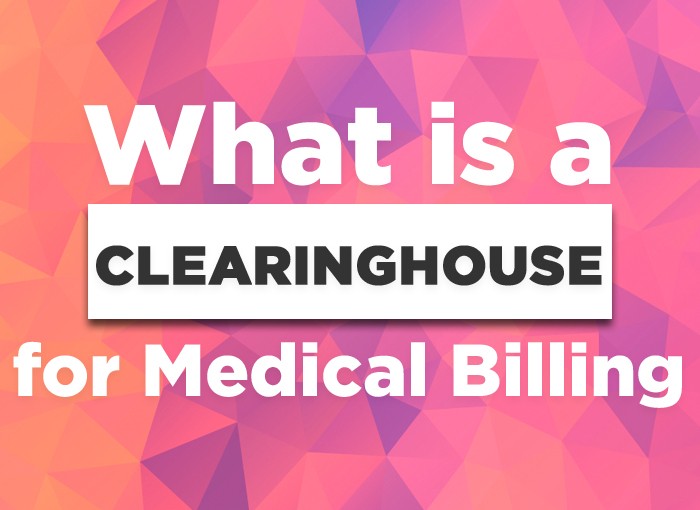What is a Clearinghouse for Medical Billing
To ensure cash inflow, all the medical institutions are required to manage the revenue cycle by accelerating the reimbursement process. However, achieving maximum reimbursement can be quite challenging due to the manual submission of claims. It is because manual claims submissions are susceptible to errors leading to a denial or rejected claims. Therefore, the health care industry is dependent on clearinghouses for maximum reimbursement.
Decoding the term Clearinghouse
In layman’s terms, a clearinghouse refers to the company responsible to forward claims from the medical service provider to the insurance payer. The company functions as an intermediary to clear claims using the software. So, in other words, a clearinghouse is a hub where all the claims are submitted electronically.
In this sense, all the clearinghouses are nothing but senders and receivers of electronic claim information with an aim to boost reimbursement by reducing the denial rate.
Clearinghouse Electronic Claims Submission Process
- The medical billing software converts the filed claims into ANSI-X12-837 format to generate an electronic claim
- The file is then forwarded to the clearinghouse account for claims scrubbing—the process of checking the claim for errors. It is one of the most important processes performed by the clearinghouse before submitting the claim to the payer.
- Once the claim’s file has been scrubbed by the clearinghouse it is forwarded to the specified insurance payer. The medical billing software is designed to meet the safety standards laid by the Health Insurance Portability and Accountability Act (HIPAA) for the secure transfer of electronic claim information.
- After receiving the claim file, the payer either accepts or rejects it as per the situation. However, in both cases, the payer ensures to send a status message to the clearinghouse. Thereafter, it is the responsibility of the clearinghouse to update the claim’s status—accepted/rejected in your dashboard.
- In case of a rejected claim, you are required to review the claim for errors or incorrect information and then re-submit it after making all the necessary changes. Once, accepted, you’ll receive the Electronic Funds Transfer (EFT) receipt along with an Explanation of Benefits (EOB).
Advantages of a Clearinghouse
A clearinghouse’s role is not limited to electronic transmission of claims or claims scrubbing. The following are the advantages of outsourcing clearinghouse services.
- Accuracy and Reduced Errors: The software is designed to store information like multiple insurance payers, patient information, and insurance plans, etc. This prevents the medical biller from making incorrect entries while filing the claims electronically.
- Instant Data Sharing with Increased Productivity: With the help of clearinghouse software the patient’s insurance information is shared immediately making the process quick and hassle-free. Moreover, it allows the maximum exchange of data (claims submission) without any inconvenience or delay as compared to manual claims submission.
- Secure Data Exchange: Obligated to meet the security standards of HIPAA, the clearinghouse is required to establish a secure connection using encrypted software. This prevents any violation of patient’s privacy and data abuse. Also, the data is backed-up on a single platform for easy management.
It suffices to say that a clearinghouse is a catalyst for medical billing that enhances the hospital’s finances by getting maximum reimbursement in less time.




